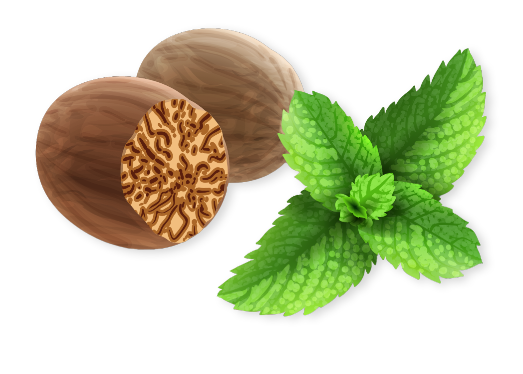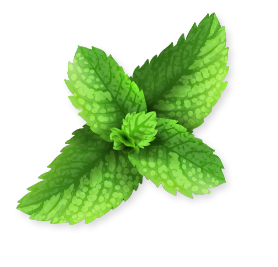Panchakarma for Migraine – Ayurvedic Intervention for Headache Relief
Tuesday November 28, 2023Migraine, a type of headache marked by severe throbbing pain, often accompanied by nausea, vomiting, and sensitivity to light and sound, significantly affects the quality of life. Its exact cause is unknown, though it’s believed to involve changes in the brain and influenced by genetic and environmental factors.
Panchakarma is a central Ayurvedic therapy involving five primary procedures for internal detoxification. It aims to restore balance among the three doshas – Vata, Pitta, and Kapha, thus revitalizing the body and mind.
Panchakarma and Migraine
Ayurveda considers migraine as a Tridosha disorder, though it is predominantly seen as a Vata-Pitta imbalance. Panchakarma proves beneficial for migraine by:
- Detoxifying the body: Panchakarma helps to eliminate accumulated toxins causing dosha imbalance and leading to migraines.
- Restoring dosha balance: The therapies involved in Panchakarma work to balance the three doshas, providing relief from migraine attacks.
- Relieving stress: Given the link between stress and migraines, Panchakarma’s rejuvenating practices help reduce stress and promote relaxation.
The Panchakarma Regimen for Migraine
The Panchakarma treatment process for migraine typically includes three stages: Purvakarma (preparatory phase), Pradhankarma (main treatments), and Paschatkarma (post-treatment phase).
1. Purvakarma:
This includes:
- Snehana (Oleation): The patient receives medicated ghee or oil internally or externally to loosen toxins.
- Swedana (Fomentation): The body undergoes induced sweating to move the loosened toxins towards the gastrointestinal tract.
2. Pradhankarma:
This stage consists of five therapies:
- Vamana (Emesis): It’s not commonly used for migraine.
- Virechana (Purgation): A critical therapy for Pitta disorders, Virechana can be beneficial for migraines.
- Basti (Enema): The prime treatment for Vata disorders, Basti can help manage migraines by balancing Vata.
- Nasya (Nasal Administration): Medicated oils or herbs are administered through the nasal route, helping to relieve migraine symptoms.
- Raktamokshana (Bloodletting): It is rarely used in the case of migraines.
3. Paschatkarma:
Post-treatment, the body is gradually brought back to a normal diet and daily routine. Herbal remedies are provided for rejuvenation and strengthening of the body.
Ayurveda and Panchakarma: Comprehensive Approach for Migraine
Ayurveda’s fundamental belief is in the interconnectedness of the body, mind, and spirit. Panchakarma aligns with this holistic view, offering a comprehensive treatment strategy for migraines.
Not only does Panchakarma alleviate the severity of migraines by addressing the root cause – the imbalance of doshas, but it also enhances overall well-being by detoxification and rejuvenation processes. With a personalized approach, it ensures that the treatment is specifically tailored to the individual’s needs.
It’s crucial to note that the effectiveness of Panchakarma for migraines depends on factors like the individual’s overall health, severity of migraines, and adherence to the treatment protocol. Consultation with an experienced Ayurvedic practitioner before undergoing Panchakarma is always advisable for the safest and most effective treatment.
You can write to us.
BOOK APPOINTMENT


























